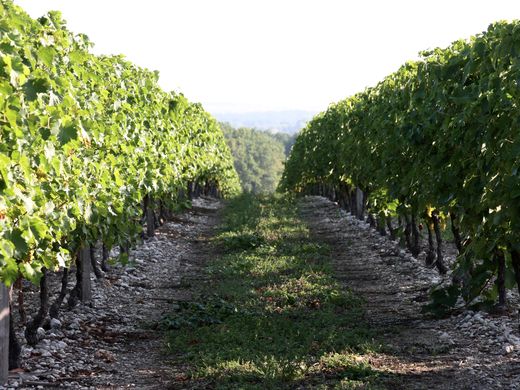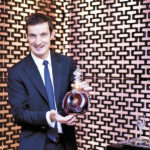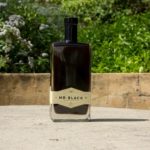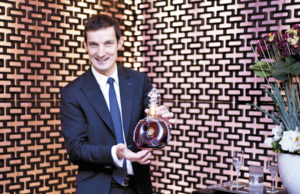A crash course on cognac

In the past six years, cognac importing has grown more than 40% in the USA, according to the Distilled Spirits Council of the United States (DISCUS), making way for a trickle-down resurgence from retailer and bar to consumer via bottle and glass.
Cognac is often complex, sometimes heated, at times best on its own and at others within a whole that is greater than the sum of its parts. It is an art and a culture, refined and steeped in history. We honor this age-old spirit in our exploration.
From ground to glass
The chalk of the earth is where cognac begins. White grapes — most commonly Ugni blanc — are grown from old, twisted vines amid whitish rocks and brown soil. The harvest (les vendanges) takes place in mid- to late September, after which the winemaking process begins, and upon fermentation the liquid enters a double distillation process in traditional copper stills. The clear post-distillation product, eau de vie, is then placed in oak casks to be aged for a minimum of two years. It is at this point that the law allows for the eau de vie to be considered cognac.
From there, the cognac is designated under V.S. (“very special”) until it hits four years of aging, the benchmark for V.S.O.P. (very superior old pale), and the third and final classification is XO (extra old) or Napoleon, reserved for cognacs aged six years or longer.
In its simplest form and at its core, cognac is a brandy defined by its regional boundaries and its compliance with legal requirements as set by French law. Like any wine or spirit, cognac differs in taste in its various expressions and its flavor profile is dependent upon a number of factors (aging, grape variety, blending). It’s often rich, has notes of caramel, and is slightly acidic and sometimes floral.
In France, cognac can be sipped neat, on ice alone, or with soda water or ginger ale, and as the country embraces modern cocktail culture in major metropolitan areas, cognac can also be found in cocktails like the Vieux Carré, Sazerac or a traditional French 75 (which can alternatively be made with gin).
Producers worth visiting
Cognac’s most widely recognized names are emblazoned upon the region’s stateliest maisons and estates — Hennessy, Louis Royer, Delamain, Rémy Martin, Pierre Ferrand and Martell are cornerstones of the industry and are each worthy of a place on visitors’ itineraries. But it is the smaller producers who shine alongside them and whose idiosyncrasies foster their success in a market easily dominated by larger names. Château de Montifaud and Hine in particular bring unique, refreshing facets to the cognac community, each in their own rights.
Browse the gallery above to explore these estates and discover prime destinations for cognac in the USA.
This is the year of Cognac. A revival of sorts is rippling across the bar industry, with a careful concentration on sipping culture and the reintroduction of classic cocktails amplified by a growing receptiveness befitting of the region’s 1,000th anniversary.
Click here to view original web page at www.usatoday.com





















